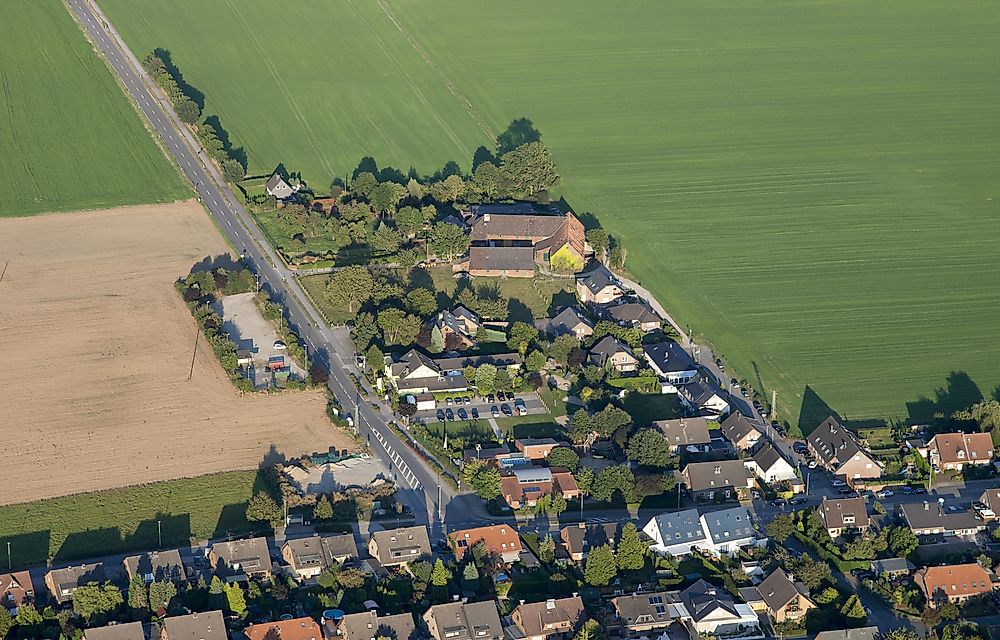What is Urban Sprawl?

Urban sprawl is a term used to describe the mostly suburban development of cities beyond their original boundaries. Although the term itself is neutral, it has also been highly politicized and today predominantly has negative connotations. Some of these negative connotations include the spread of a population with no defined center, segregation, or discontinuity, the loss of city culture, the dependency of automobiles, and the degredation of wildlife habitats and agricultural land.
Causes of Urban Sprawl
Expansive urban development is the sole cause of urban sprawl. However, urban sprawl really has its roots in industrialization. Historically, as industries flourished in cities, residents converged upon the city centers to access the industries most easily. Over time, as industries and populations grew, the demand for housing became higher than what could fit in the small city center. This was especially true as the middle class grew and residents wanted bigger spaces for more affordable prices.
Urban Sprawl Examples
Most cities around the world experience some degree of urban sprawl. If a city is not contained by physical boundaries, such as mountains or rivers, they are more likely to experience urban sprawl to a greater degree. Some cities without physical boundaries have regulations in place to prevent excessive urban sprawl, called greenbelts. Some cities with greenbelts include Toronto, Ottawa, Tehran, Wellington, and Bangkok. Cities known for their extensive urban sprawl include Los Angeles, Phoenix, Melbourne, Mexico City, Manila, Delhi, and Karachi.
Effects of Urban Sprawl
Many urbanists state that urban sprawl affects the lives of people living within and around urban centers. For example, it causes traffic jams as more roads are built, and people use their vehicles more often. It also affects the environment as land that could be used for agriculture is instead developed into industries that are a significant cause of air pollution. Urban sprawl can lead to habitat loss, reducing biodiversity. Lastly, urban sprawl has been linked to health problems such as obesity and diabetes due to an over-reliance on the automobile.











